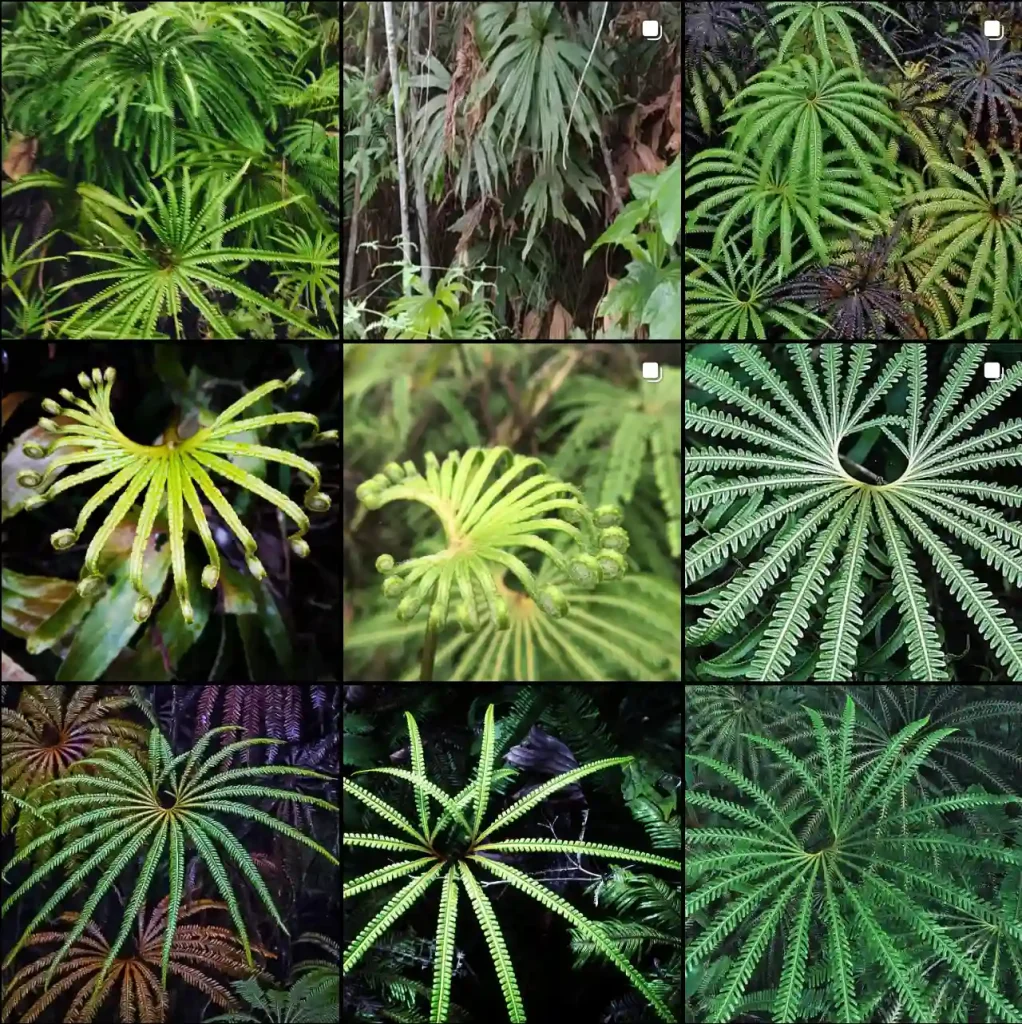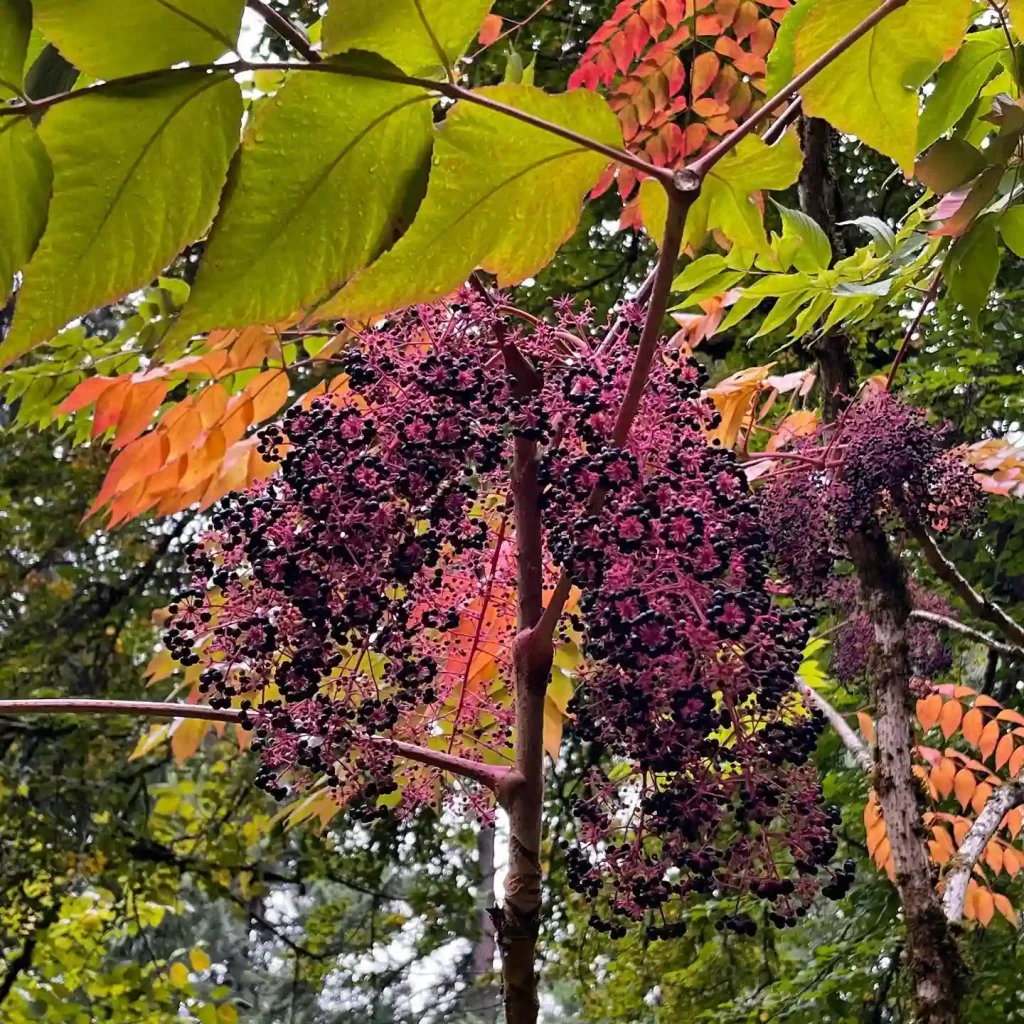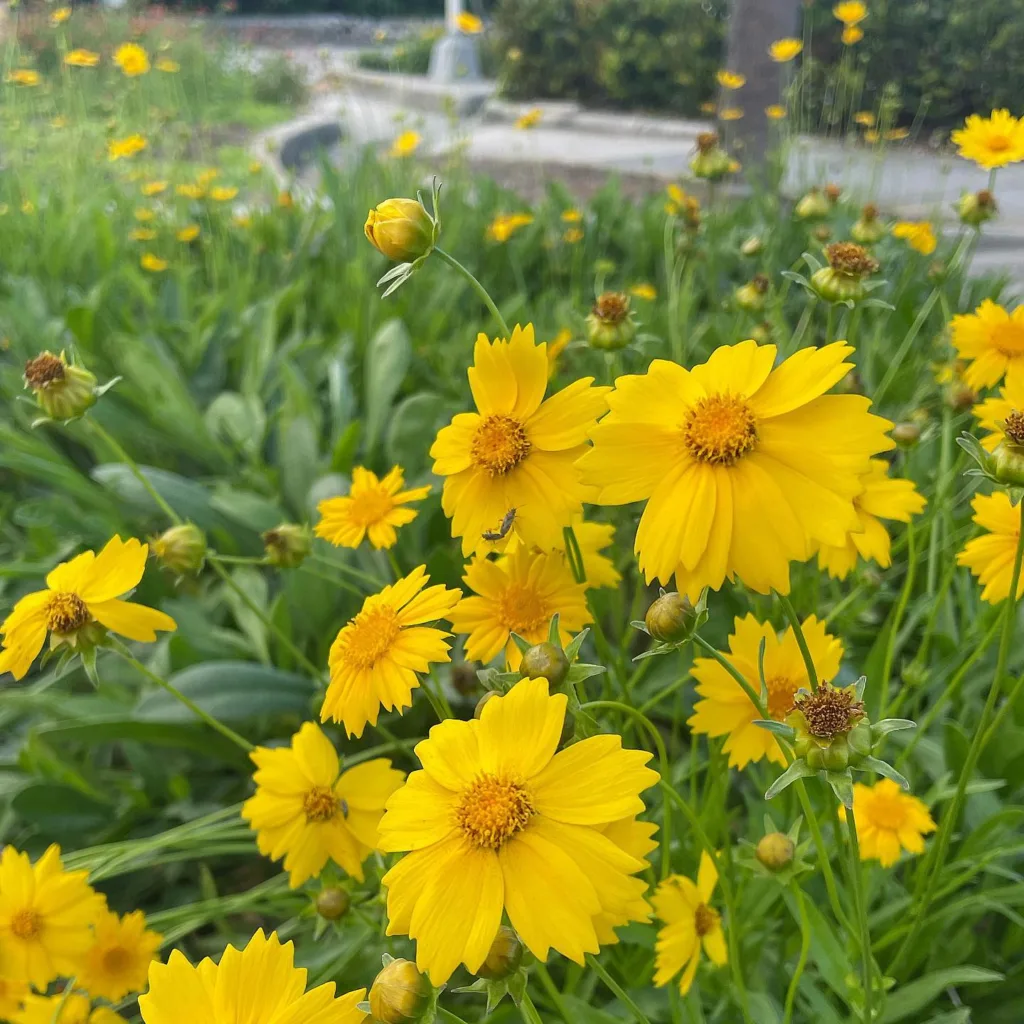My Fascination with Cistaceae
As a passionate botanist, I, Ferb Vu, am endlessly intrigued by the plant kingdom’s diversity. One plant family that has particularly captured my interest is Cistaceae, commonly known as the rock-rose family. This family boasts a fascinating array of species, each with unique adaptations and ecological roles.
Cistaceae: An Overview
Cistaceae is a family of flowering plants primarily found in temperate and subtropical regions of the Northern Hemisphere. They are especially prevalent in the Mediterranean Basin, where they thrive in dry, rocky habitats. These plants are known for their beautiful, often showy flowers, which attract a variety of pollinators. Cistaceae plants also play a crucial role in their ecosystems, providing food and shelter for various insects and animals.
A Closer Look at Cistaceae Genera
The Cistaceae family comprises several genera, each with distinct characteristics:
- Cistus: This genus, also known as rock-rose, is the largest in the family. Cistus plants are known for their beautiful, often large flowers, which come in a variety of colors, including pink, purple, white, and yellow. They are popular ornamental plants and are also used in traditional medicine. – 67 Species in Genus Cistus
- Helianthemum: This genus, commonly known as sun-rose, is another prominent member of the Cistaceae family. Helianthemum plants are typically smaller than Cistus plants and have smaller flowers. However, they are equally beautiful and are also valued for their medicinal properties. – 142 Species in Genus Helianthemum
- Fumana: This genus comprises low-growing, often mat-forming plants. Fumana plants have small, yellow flowers and are adapted to dry, rocky habitats. They play an essential role in soil stabilization and erosion control.
- Tuberaria: This genus is characterized by its tuberous roots, which store nutrients and water. Tuberaria plants have yellow flowers and are adapted to survive in dry, nutrient-poor soils.
- Crocanthemum: Crocanthemum are vibrant, sun-loving plants known for their colorful flowers and textured foliage. They often thrive in rocky or sandy soils, adding beauty to xeriscapes and naturalized gardens.
- Hudsonia: Hudsonia, or goldenheather, are small evergreen shrubs found in sandy coastal areas. Their needle-like leaves and abundant yellow flowers brighten up dune landscapes and help stabilize the soil.
- Lechea: Lechea, or pinweed, are unassuming herbaceous plants common in dry, open habitats. Although their flowers are inconspicuous, they serve a vital ecological role by providing food and shelter for wildlife and preventing erosion.
- Pakaraimaea: Pakaraimaea is a unique and ancient tree species found only in the Guiana Highlands. Its towering presence, buttressed trunk, and winged fruits make it a botanical marvel and a reminder of South America’s rich evolutionary history.
The Ecological Importance of Cistaceae
Cistaceae plants are vital components of their ecosystems. Their flowers provide nectar and pollen for various pollinators, including bees, butterflies, and flies. Their leaves and stems serve as food for herbivorous insects and other animals. Additionally, Cistaceae plants play a critical role in soil conservation and erosion control, especially in dry, rocky habitats.
Cistaceae and Human Uses
Cistaceae plants have been used by humans for centuries. Their medicinal properties have been recognized in traditional medicine, and various plant parts are used to treat a range of ailments. Cistaceae plants are also valued for their ornamental value and are cultivated in gardens and landscapes worldwide. Furthermore, some Cistaceae species are used in the production of essential oils and resins, which have various applications in the perfume and cosmetics industries.
Conclusion
In conclusion, the Cistaceae plant family is a fascinating group of plants with diverse adaptations and ecological roles. From the beautiful rock-roses of the Cistus genus to the mat-forming Fumana plants, each member of this family contributes to the beauty and balance of their ecosystems. As a botanist, I am continually amazed by the Cistaceae family’s resilience and adaptability. They are a testament to the power of nature and a source of endless inspiration for those who study them.
If i die, water my plants!



